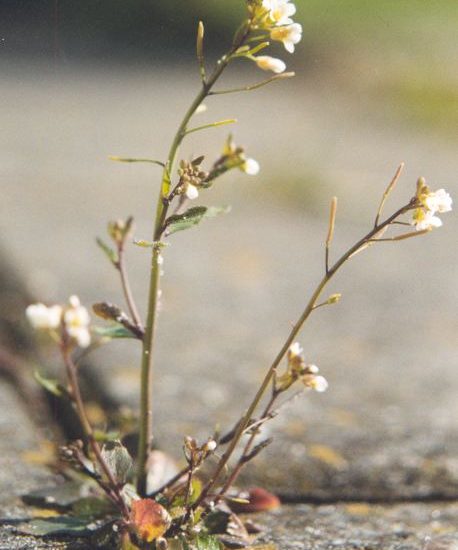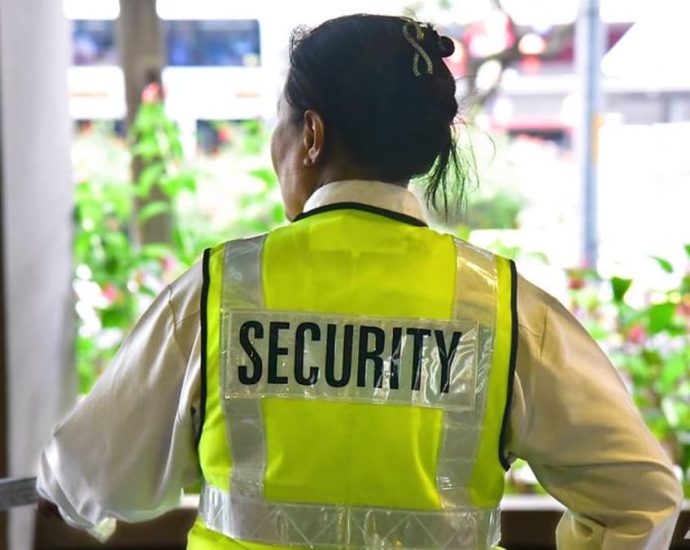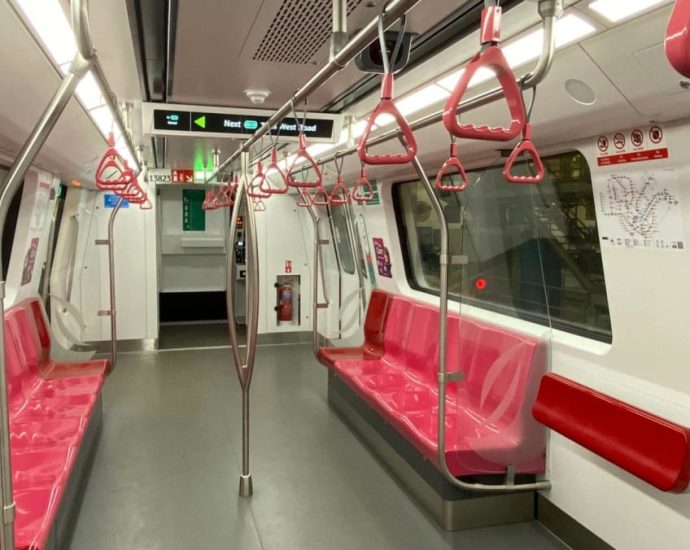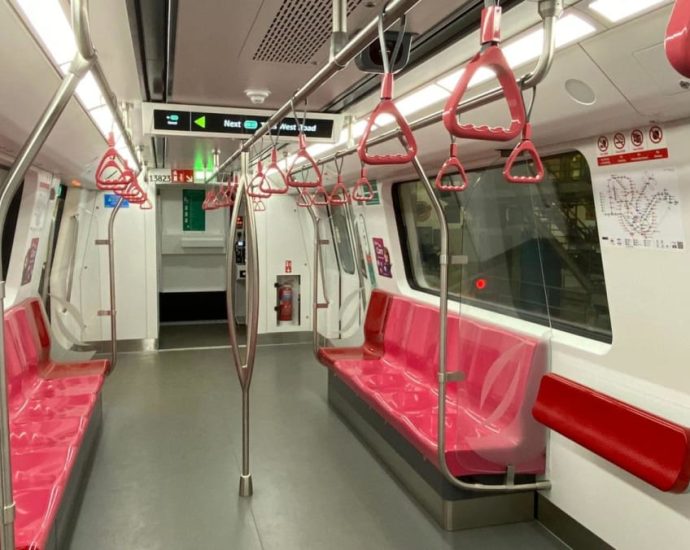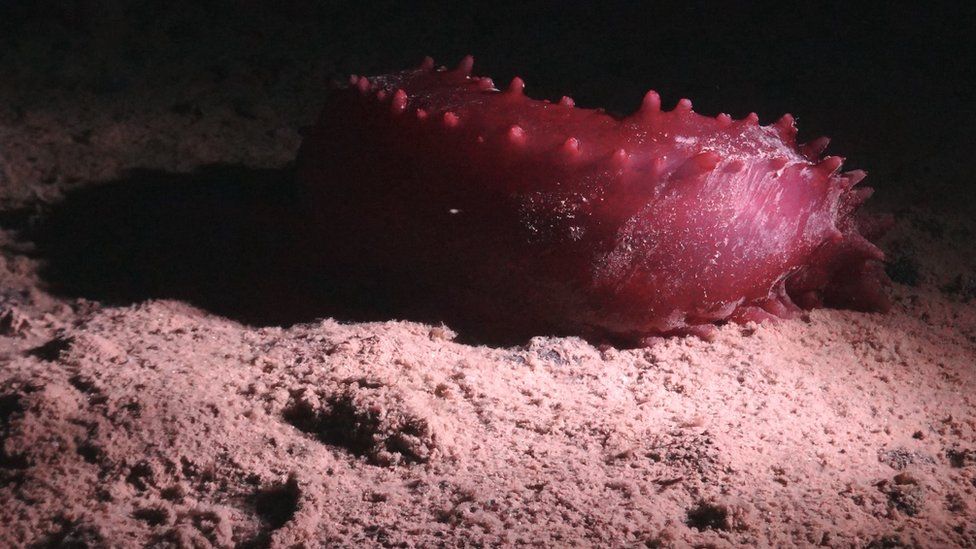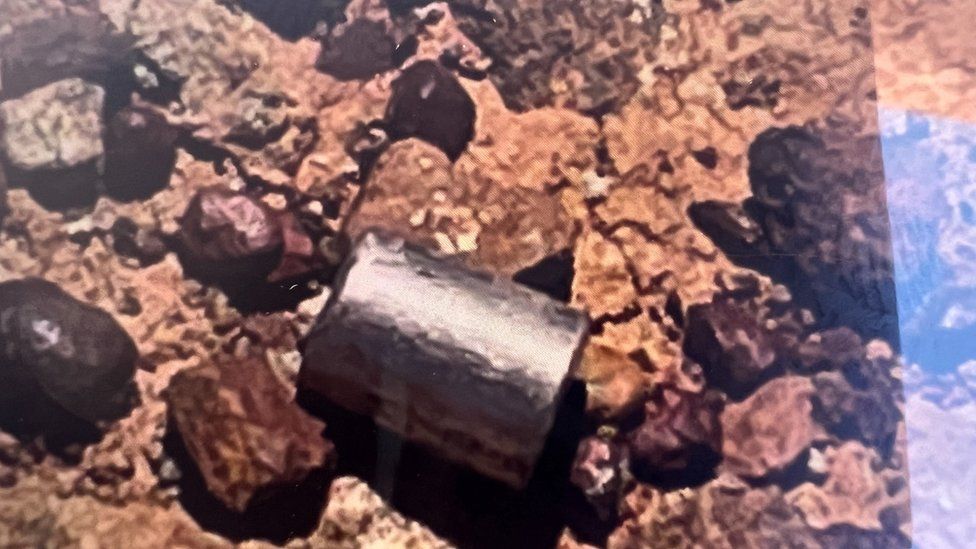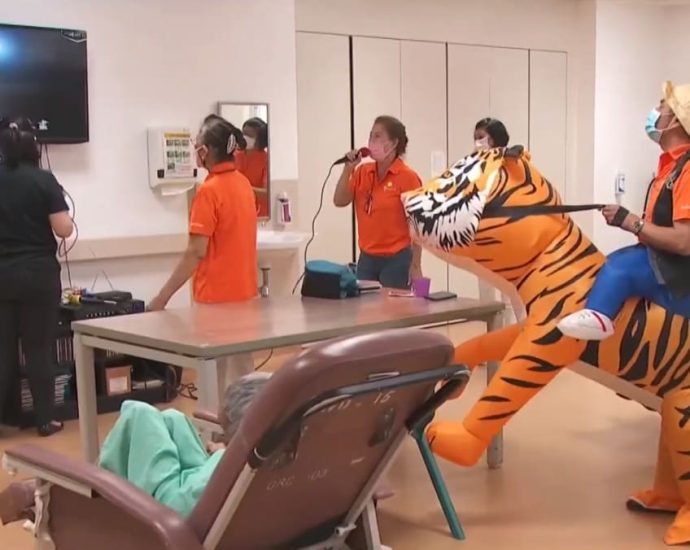Seatrium says CPIB probe relates to events that ‘occurred prior to 2015’
In March this year, Seatrium announced that its wholly-owned Brazilian subsidiary, Estaleiro Jurong Aracruz, was being investigated for “alleged irregularities” over its practices. Seatrium said later that month that the proceedings relate generally to “past conduct investigated by the Brazilian authorities in connection with Operation Car Wash”. However, on AprContinue Reading
‘Unfortunate’ that Chinese counterpart declined talks: Austin
“You’ve heard me talk a number of times about the importance of countries with large, with significant capabilities, being able to talk to each other so you can you can manage crises and prevent things from spiralling out of control unnecessarily,” Austin said. Recent “provocative intercepts of our aircraft andContinue Reading
Moment climber is rescued from Everest âdeath zoneâ
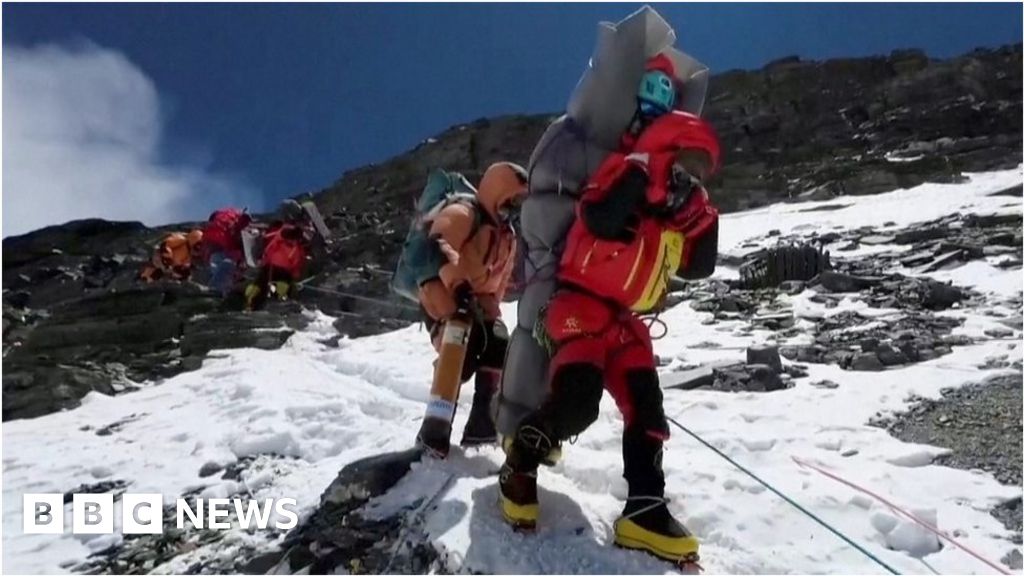
Nepali guide Gelje Sherpa found a Malaysian climber shivering and clutching a rope in the area of Mount Everest called the “death zone”, where temperatures can dip to -30C.
He carried the climber down from 8,500m above sea level over the course of six hours, in what has been described as a “very rare” high-altitude rescue.
China reaching for biotech breakthroughs in space
Three Chinese astronauts will conduct five life-science experiments within the next five months following the spacecraft Shenzhou-16’s successful docking with China’s Tiangong space station on Tuesday.
Three experiments will look into how stem cells, plant hormones and protein formation are affected by the microgravity environment while two others are aimed at discovering how nematodes, or roundworms, are hurt by gamma rays in space and how the damage can be measured through biomarkers.
The experiment kits have a total volume of 95 liters and weigh about 23.6 kilograms, said the Chinese Academy of Sciences (CAS). The experiments are aimed to provide information that will allow for astronauts to stay in space for longer periods of time, it added.
Chinese scientists and state media explained the goals and challenges of the five experiments on Tuesday and Wednesday.
A protein formation experiment, led by CAS Academician Zhao Yufen, will be conducted for the first time in space to try to ascertain whether life on Earth was created domestically or brought from elsewhere.
“Different enzymes play their roles during the formation of protein – but how was it done before life was created?” Liu Yan, an associate professor at the College of Chemistry and Chemical Engineering at Xiamen University, explained to the China Science Daily on Tuesday.
“We want to find out how the three most important life elements – amino acids, nucleotides and phosphate groups – will work together in the microgravity environment in the space station.”
In the formation of protein, the genetic codes on DNA are transferred to a messenger RNA (mRNA) in a process called transcription, which can be accelerated by enzymes, according to Nature.com. Following the sequence on mRNA, amino acids can be linked together to become a polypeptide in a process called translation. Polypeptide then becomes protein.
Astronauts in the space station and scientists on Earth will run the same transcription and translation processes without enzymes simultaneously to see whether gravity plays a role in life creation. The other two gravity and two gamma ray experiments are more common and straightforward.
A team led by Cai Weiming, a researcher of the CAS Center for Excellence in Molecular Plant Sciences, will test whether Arabidopsis (thale cress) seeds will grow differently in the first 10 days of their bud stage with and without gravity. Before this, the first batch of Arabidopsis seeds were already sent to the space station by Shenzhou-15 last November.

With the gravity on Earth, plant hormones can guide the roots to grow downward toward water. Scientists want to know how plant hormones will work without gravity.
Similar experiments about plant gravity perception have been done by Western astronauts, according to NASA’s website.
Another team led by Long Mian, a researcher at the CAS Institute of Mechanics, sent liver and endothelial stem cells to the space station to see whether they will grow differently in the microgravity environment.
A team led by Sun Yeqing, a professor at the Dalian Maritime University, will manage two experiments involving nematodes.
“Nematodes are widely used in life science research as their genes have a certain homology with the human genome,” said Zhao Lei, an associate professor at the Dalian Maritime University. “We use nematodes to study the mechanism of biological effects of space radiation and look for biological markers for space radiation measurement.”
One of these two experiments is aimed at checking how nematodes can repair their DNA and reproduce themselves while exposed to gamma rays. Similar experiments have been done before in space.
Another experiment will be conducted to measure the radiation damage suffered by nematodes and the associated relevant biomarkers, which will help astronauts improve their protection from radiation in the future.

“Nematodes are cultivated in a solution but they are not dormant,” said Cang Huaixing, a chief researcher for the space station’s scientific experiments at the Technology and Engineering Center for Space Utilization under the CAS.
“They can only be brought from the laboratory to the rocket platform seven hours before the launch, and from the platform to the spacecraft five hours before the launch.”
On Tuesday morning, the Shenzhou-16 manned spaceship carrying three Chinese astronauts, namely Jing Haipeng, Zhu Yangzhu and Gui Haichao, and their experiment kits was successfully launched.
After entering orbit, the spaceship docked with the space station. The Shenzhou-16 crew will rotate with the Shenzhou-15 crew in orbit.
Apart from life science experiments, the Shenzhou-16 crew will also conduct more than 50 in-orbit tests and experiments on space science and application payloads, Chinese media reported.
They will study novel quantum phenomena and high-precision space time-frequency systems, as well as teach a space class to students back on Earth.
Read: China’s first Mars rover may sleep forever
Follow Jeff Pao on Twitter at @jeffpao3
Should security officers wear body cameras to deter abuse?

He added that there are other ways to use the technology. He gave an example of a security agency that was tasked to protect a statue that did not have any barriers as the intention was for it to be looked at up close.
To manage the possibly of damage, the security firm put cameras around the statue that activated an automated warning if visitors got too near.
People tend to be more open to hearing warnings from an automated voice instead of from a security officer, Mr Thomas said.
“He (a security officer) may be trying to be a bit more firm. People may take offence to that,” he said.
THE FUTURE OF THE SECURITY JOB
The industry can do away with security officers having to conduct patrol on foot, Mr Thomas said.
Instead, CCTVs with video analytics can replace this aspect of the job, he said.
“(Video surveillance work) 24 hours. It doesn’t get tired. It’s perpetual, and security officers then become response personnel instead of being the enforcers on the ground,” he said.
For this to happen, customers engaging security services have to change their mindsets, Mr Thomas noted.
“They have to be prepared to accept that a CCTV looking at an entrance or an exit can actually do a better job than a security officer,” he said.
More cabin space for commuters on new North-South, East-West Line trains; first batch rolled out from June
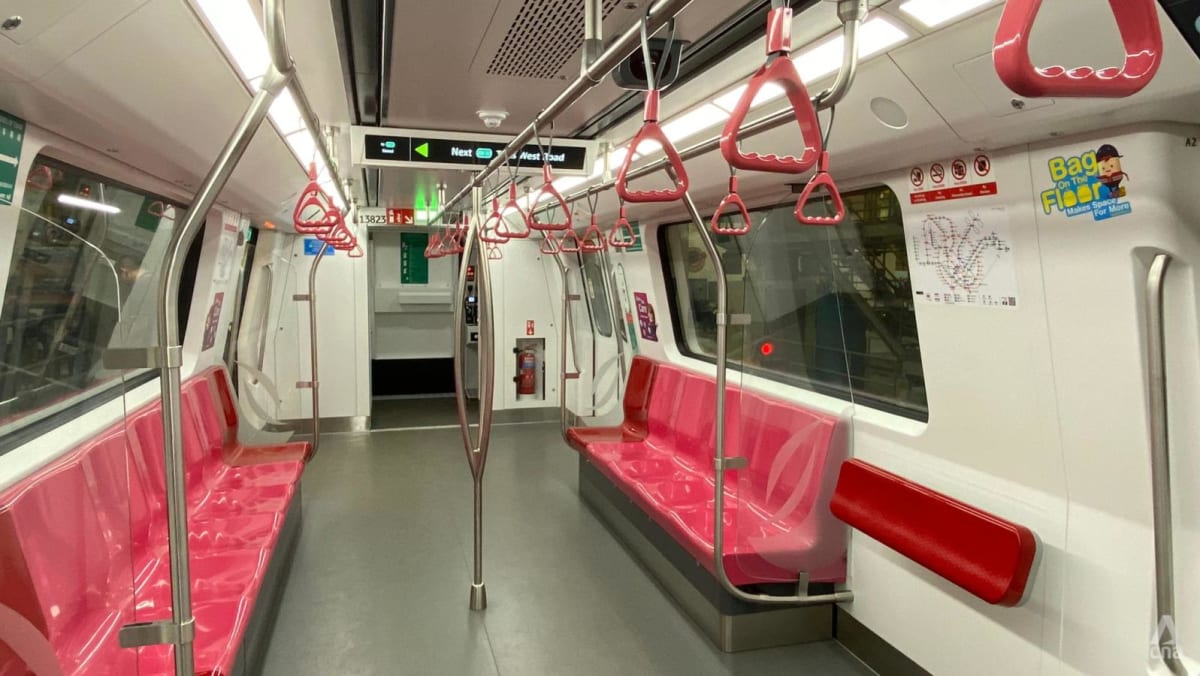
NEW LEASE OF LIFE FOR DECOMMISSIONED TRAINS
Community partners may choose to give these decommissioned trains a “new lease of life” by adopting train cars or their individual parts.
LTA has so far worked with educational institutions such as Skool4Kidz, the Rainbow Centre and SUTD, as well as non-profit organisations like SG Enable and the Action for Green Towns Taskforce to upcycle various train parts. It has also partnered with ITE College West to upcycle an entire train car for educational purposes.
Those interested in acquiring retired trains or upcycling train parts can email LTA_Train_Repurpose [at] lta.gov.sg.
MORE TRAINS FOR NORTH-EAST, CIRCLE LINES
LTA has also purchased six new trains from Alstom to serve the North-East Line (NEL) and 23 new trains to serve the Circle Line (CCL).
These trains are intended to cater for additional capacity when the North East Line Extension (NELe) and the Circle Line 6 (CCL6) begin operations, said LTA.
LTA has completed tests for the six new NEL trains and will be handing them over to SBS Transit for further operational testing. It has also received two of the 23 new CCL trains, which will be transported to the Integrated Train Testing Centre later this month for testing and commissioning.
More cabin space on new MRT trains for North-South, East-West Lines

NEW LEASE OF LIFE FOR DECOMMISSIONED TRAINS
Community partners may choose to give these decommissioned trains a “new lease of life” by adopting train cars or their individual parts.
LTA has so far worked with educational institutions such as Skool4Kidz, the Rainbow Centre and SUTD, as well as non-profit organisations like SG Enable and the Action for Green Towns Taskforce to upcycle various train parts. It has also partnered with ITE College West to upcycle an entire train car for educational purposes.
Those interested in acquiring retired trains or upcycling train parts can email LTA_Train_Repurpose [at] lta.gov.sg.
MORE TRAINS FOR NORTH-EAST, CIRCLE LINES
LTA has also purchased six new trains from Alstom to serve the North-East Line (NEL) and 23 new trains to serve the Circle Line (CCL).
These trains are intended to cater for additional capacity when the North East Line Extension (NELe) and the Circle Line 6 (CCL6) begin operations, said LTA.
LTA has completed tests for the six new NEL trains and will be handing them over to SBS Transit for further operational testing. It has also received two of the 23 new CCL trains, which will be transported to the Integrated Train Testing Centre later this month for testing and commissioning.
More cabin space on new North-South, East-West Line MRT trains; first batch rolled out from June

NEW LEASE OF LIFE FOR DECOMMISSIONED TRAINS
Community partners may choose to give these decommissioned trains a “new lease of life” by adopting train cars or their individual parts.
LTA has so far worked with educational institutions such as Skool4Kidz, the Rainbow Centre and SUTD, as well as non-profit organisations like SG Enable and the Action for Green Towns Taskforce to upcycle various train parts. It has also partnered with ITE College West to upcycle an entire train car for educational purposes.
Those interested in acquiring retired trains or upcycling train parts can email LTA_Train_Repurpose [at] lta.gov.sg.
MORE TRAINS FOR NORTH-EAST, CIRCLE LINES
LTA has also purchased six new trains from Alstom to serve the North-East Line (NEL) and 23 new trains to serve the Circle Line (CCL).
These trains are intended to cater for additional capacity when the North East Line Extension (NELe) and the Circle Line 6 (CCL6) begin operations, said LTA.
LTA has completed tests for the six new NEL trains and will be handing them over to SBS Transit for further operational testing. It has also received two of the 23 new CCL trains, which will be transported to the Integrated Train Testing Centre later this month for testing and commissioning.
BHP: Mining giant says it underpaid workers for 13 years
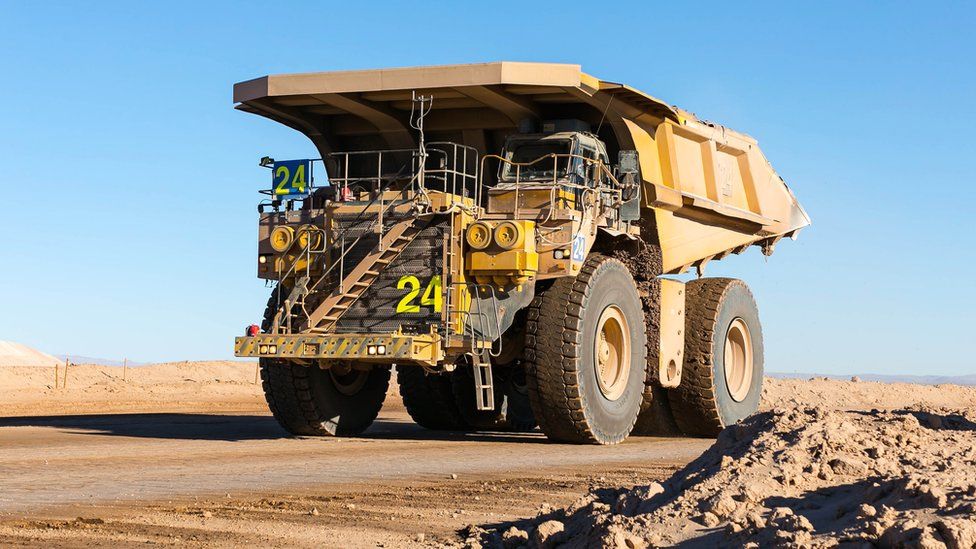 BHP
BHPAustralian mining giant BHP says it underpaid current and former workers across the country for 13 years.
Around 28,500 employees received less holiday than they were entitled to, a review conducted by the firm found.
Meanwhile, 400 workers did not get additional allowances “due to an error with the employment entity.”
BHP says it has reported the incident to the authorities and the errors will cost the company up to $280m (£225m) before taxes.
Some affected employees had their leave incorrectly deducted on Australian public holidays, the company found. As a result they were owed a total of six days of leave on average.
“We are sorry to all current and former employees impacted by these errors. This is not good enough and falls short of the standards we expect at BHP,” Geraldine Slattery, BHP’s Australia president, said.
“We are working to rectify and remediate these issues, with interest, as quickly as possible,” she added.
The firm also said it has commissioned a review of its payroll systems. It added that it would provide an update on its investigations during its full-year earnings call in August.
BHP, which is headquartered in Melbourne, is the world’s biggest miner.
It has around 80,000 employees and contract workers at sites including the Escondida mine in Chile, which is the largest copper mine in the world.
As well as its shares being listed in Australia, the company was part of the UK’s blue chip FTSE 100 index for around a decade.
In January 2022, the firm took its shares off the London market after coming under pressure from some investors to simplify its corporate structure.
Supporters of the move argued that it would make it easier for BHP to raise money, do deals and return money to shareholders.
-
-
2 May 2022

-
Leadership, management roles for volunteers could help in manpower retention, new study shows
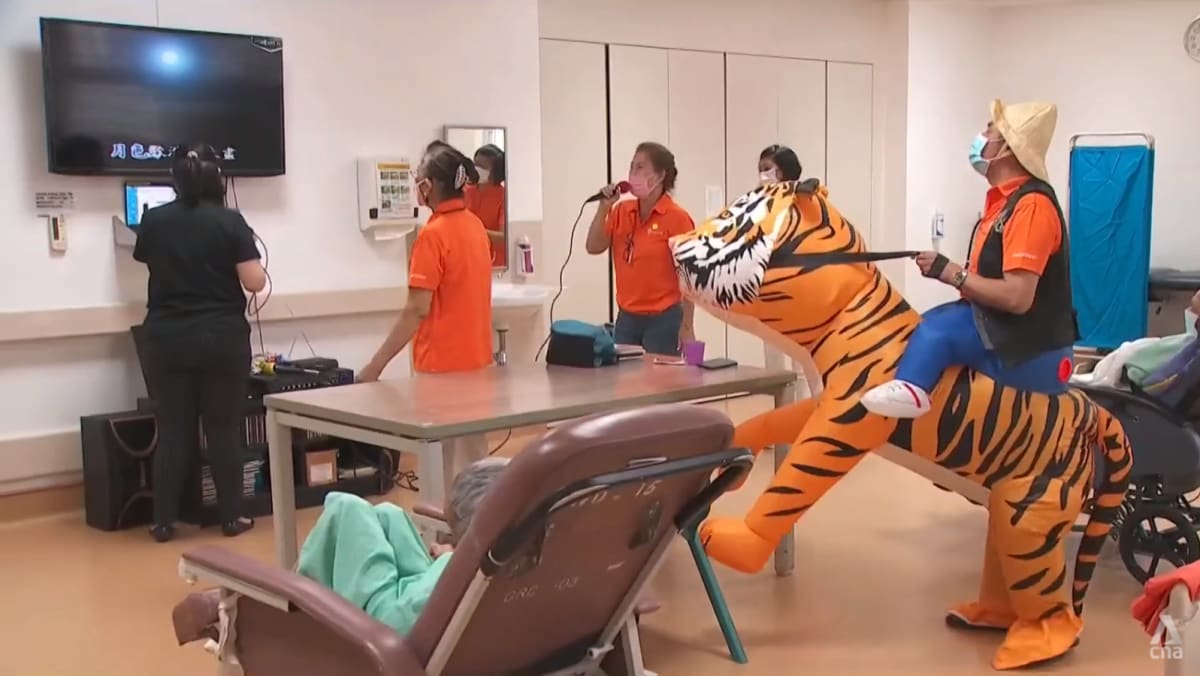
He guides a team of four other volunteers at the garden on the premises, where they grow vegetables which are given to vulnerable families in the neighbourhood and also used in cooking classes that the organisation holds for ex-offenders.
The 76-year-old said he used to be in the corporate world before retirement, and wants to try his hand at things he has never done.
“There were so many things that I wanted to do but I couldn’t do it. But as I’ve retired, I’ve had so much time and I just want to give back to society, and what better place to get back in rather than in this operation,” he said, adding that seeing other people happy motivates him.
But Mr Ong admitted that at his age, the role can be physically demanding, as he has to wake up at 6am to begin his tasks at 7.30am.
LEADERSHIP AND MANAGEMENT ROLES
The study also urged social service agencies to understand their volunteer pool better, and suggested letting them fill leadership and management roles within the organisations.




